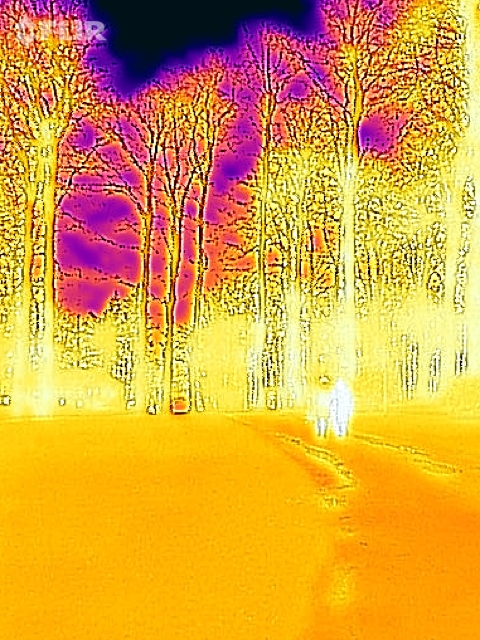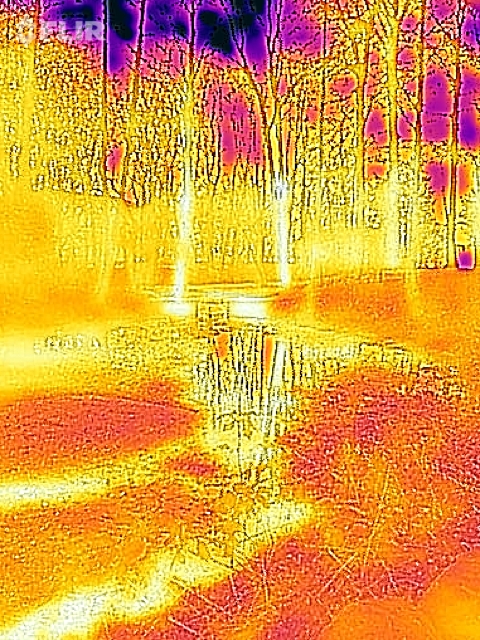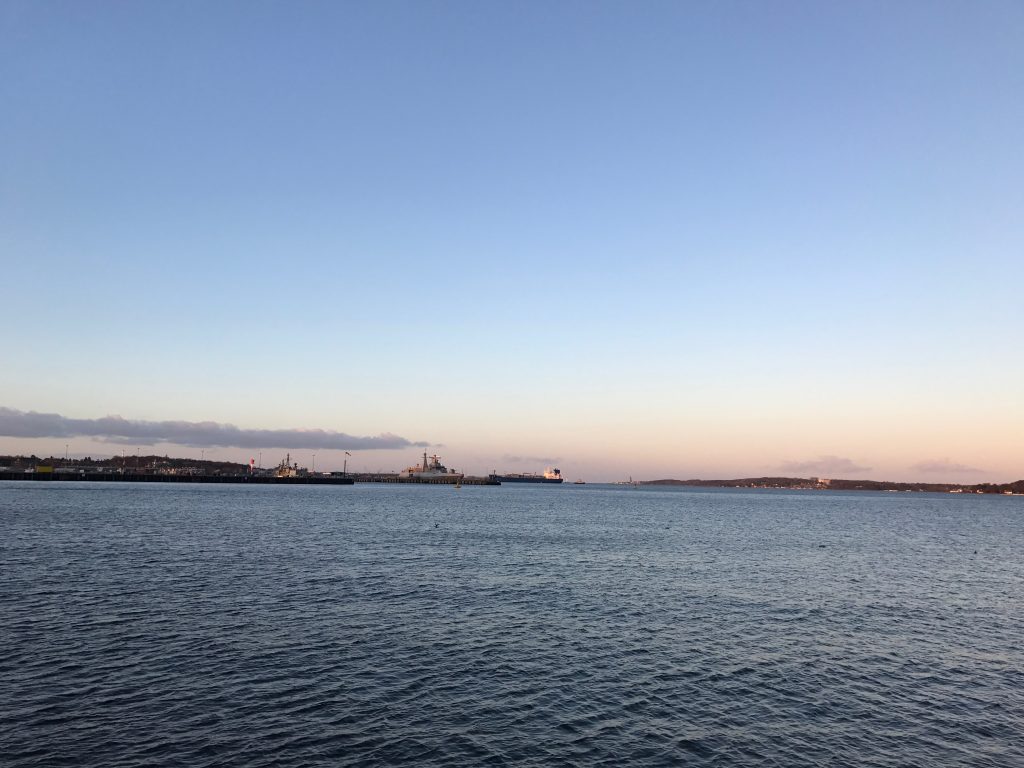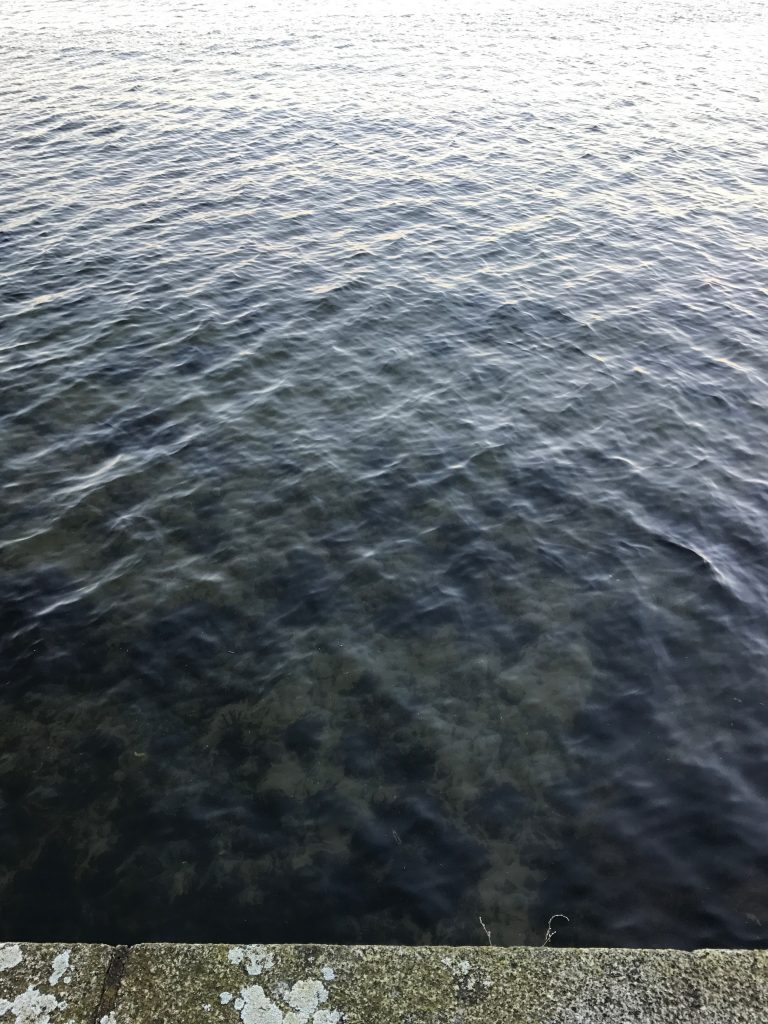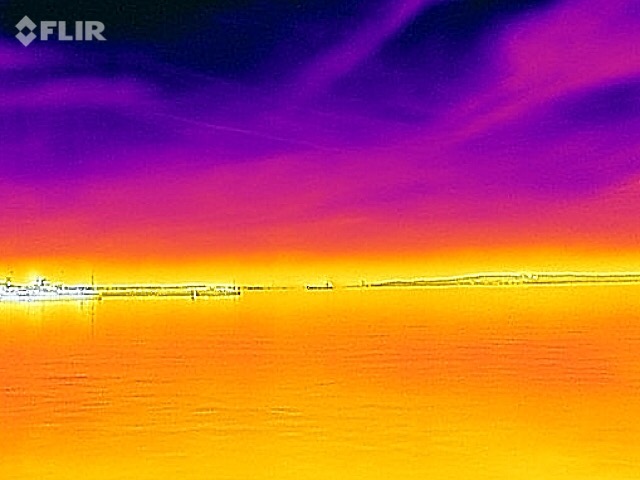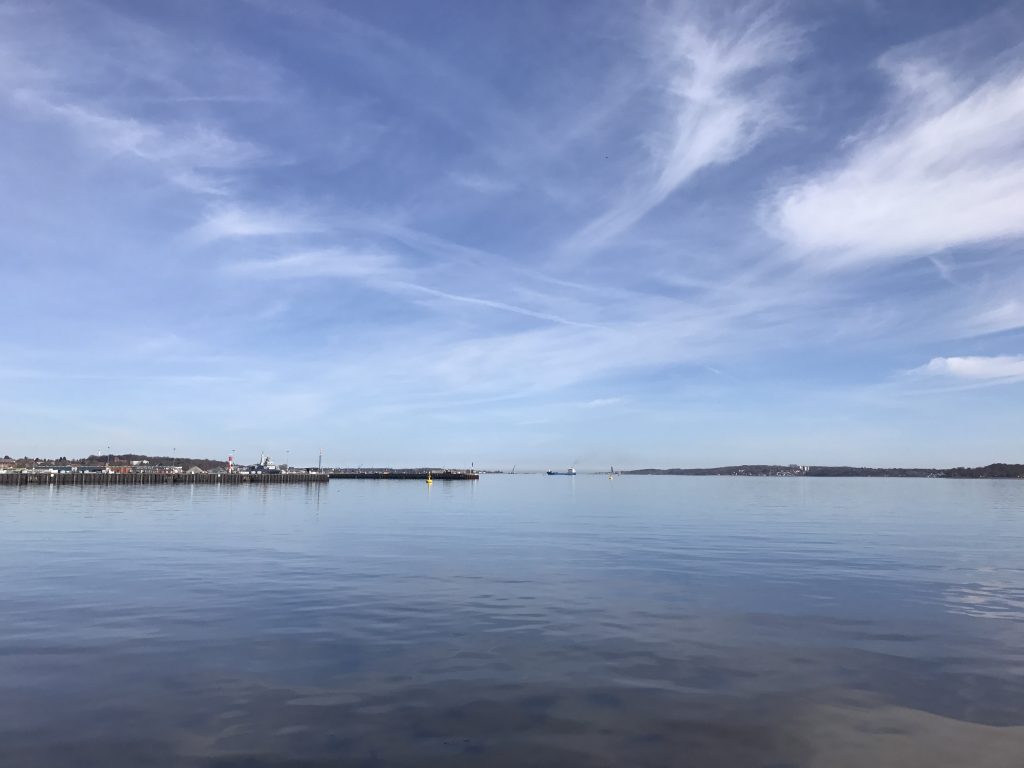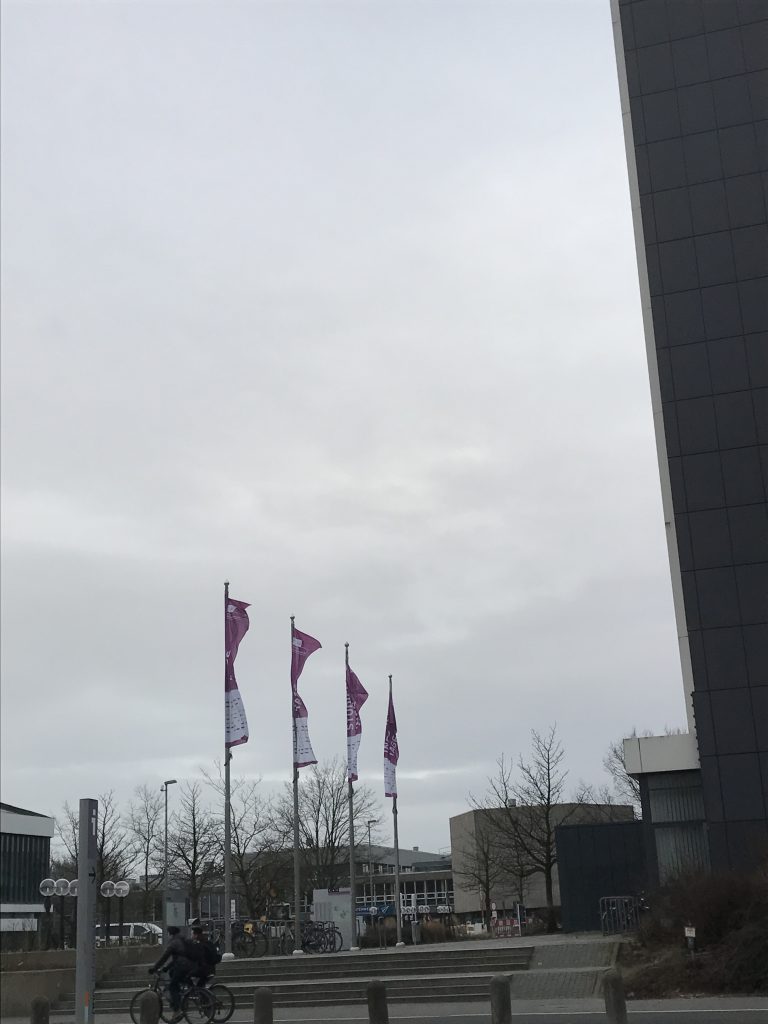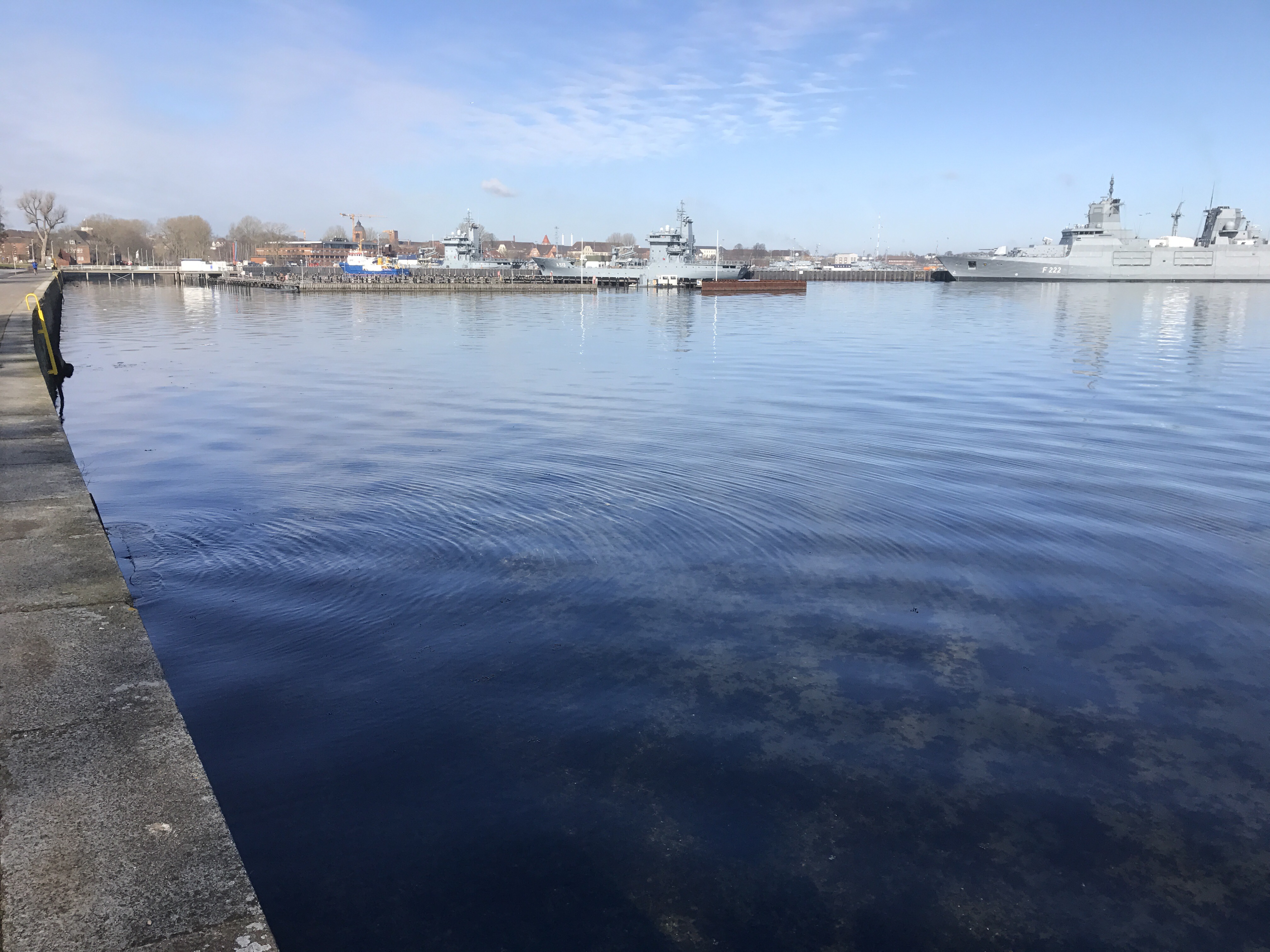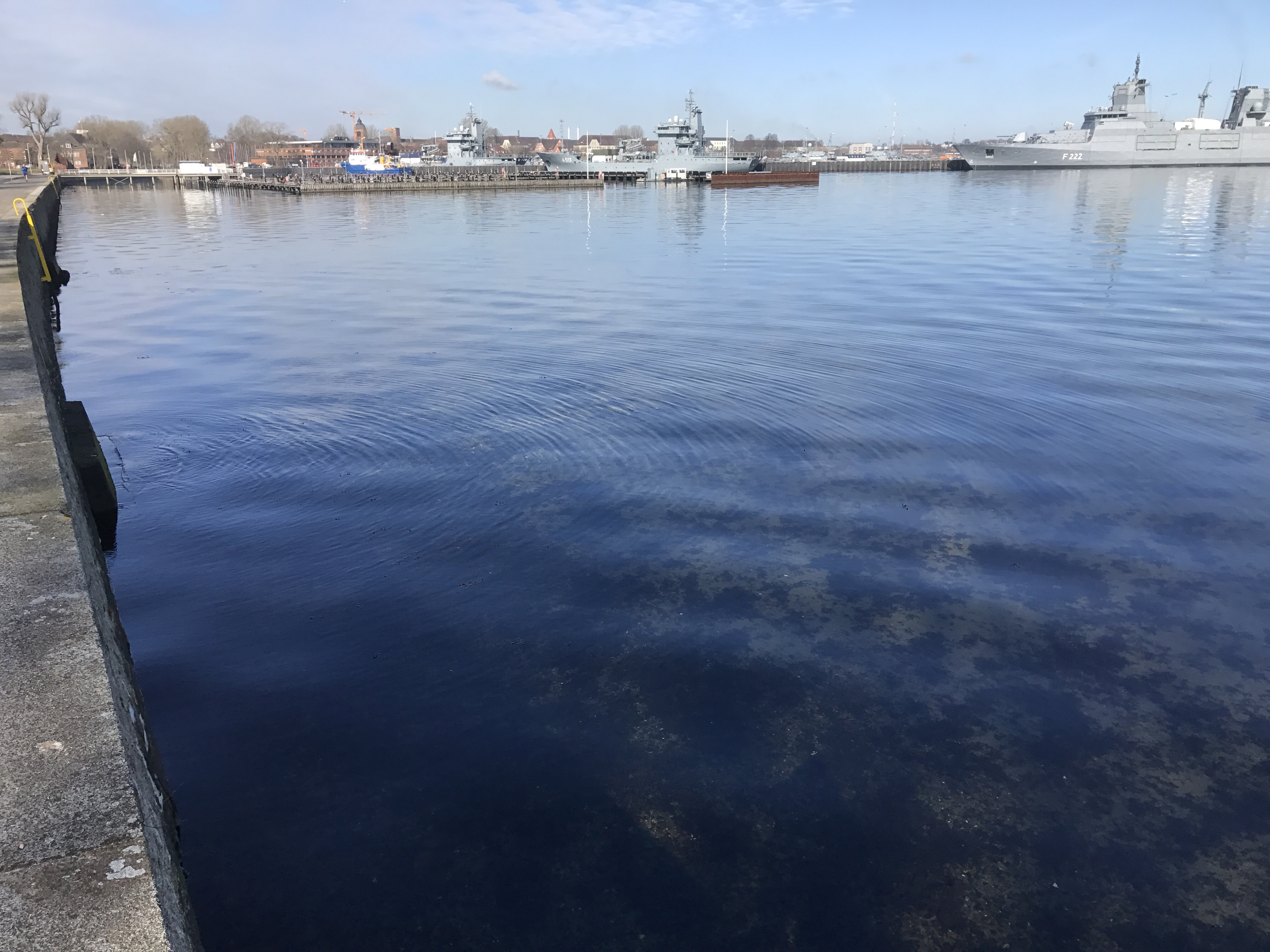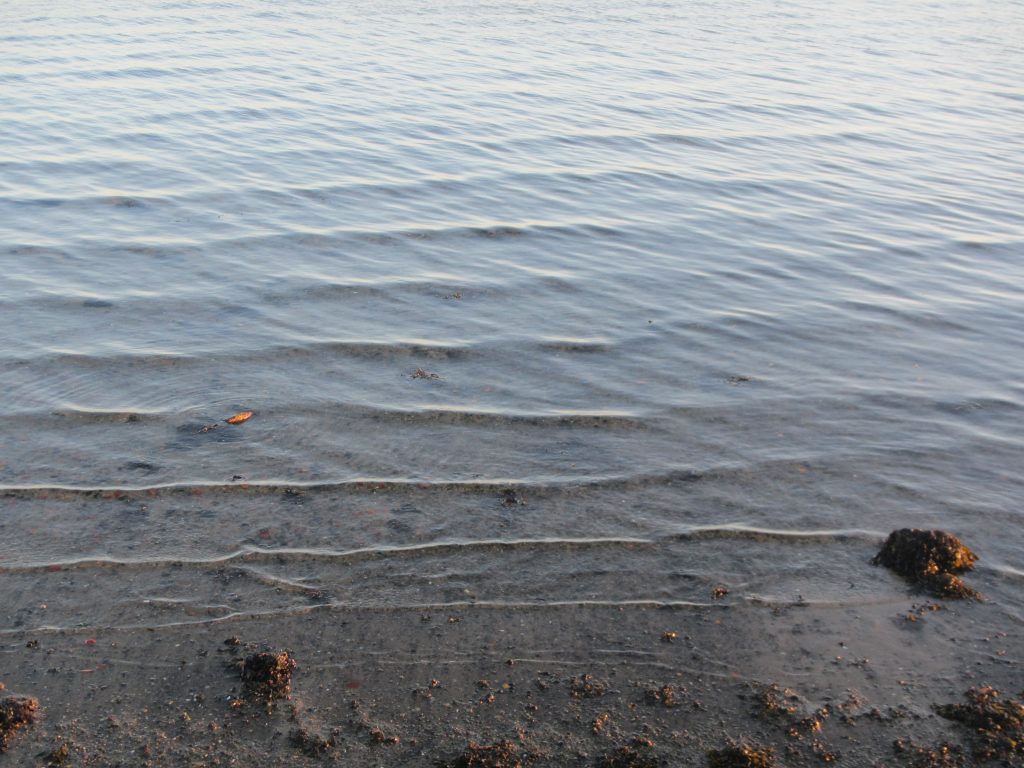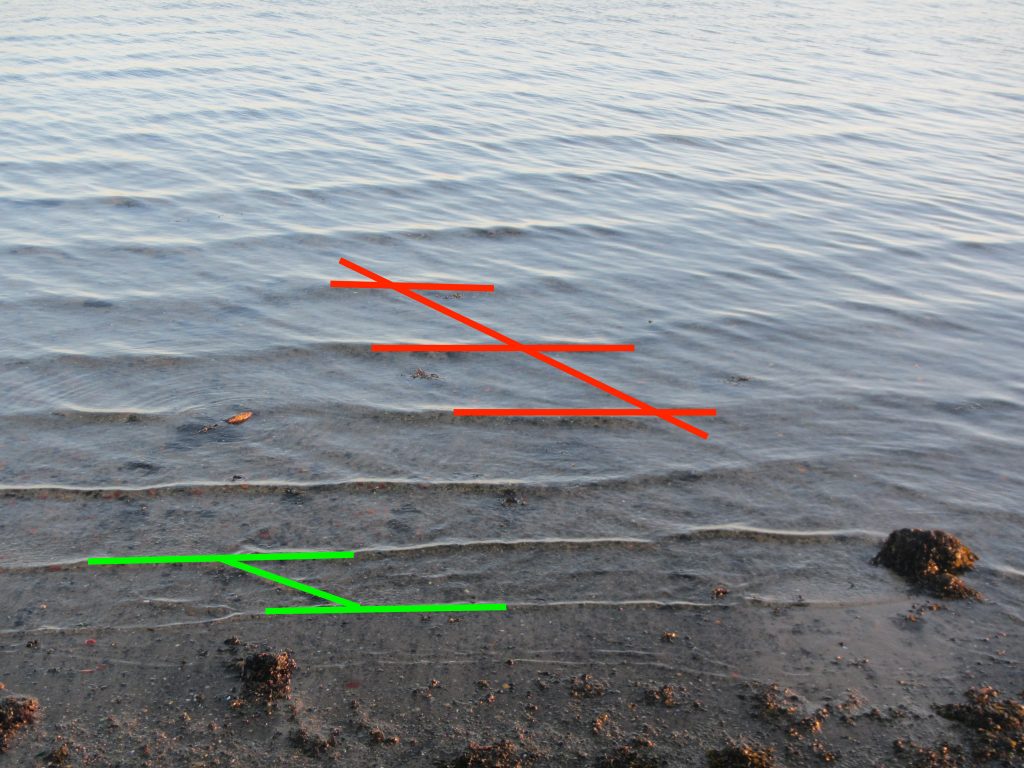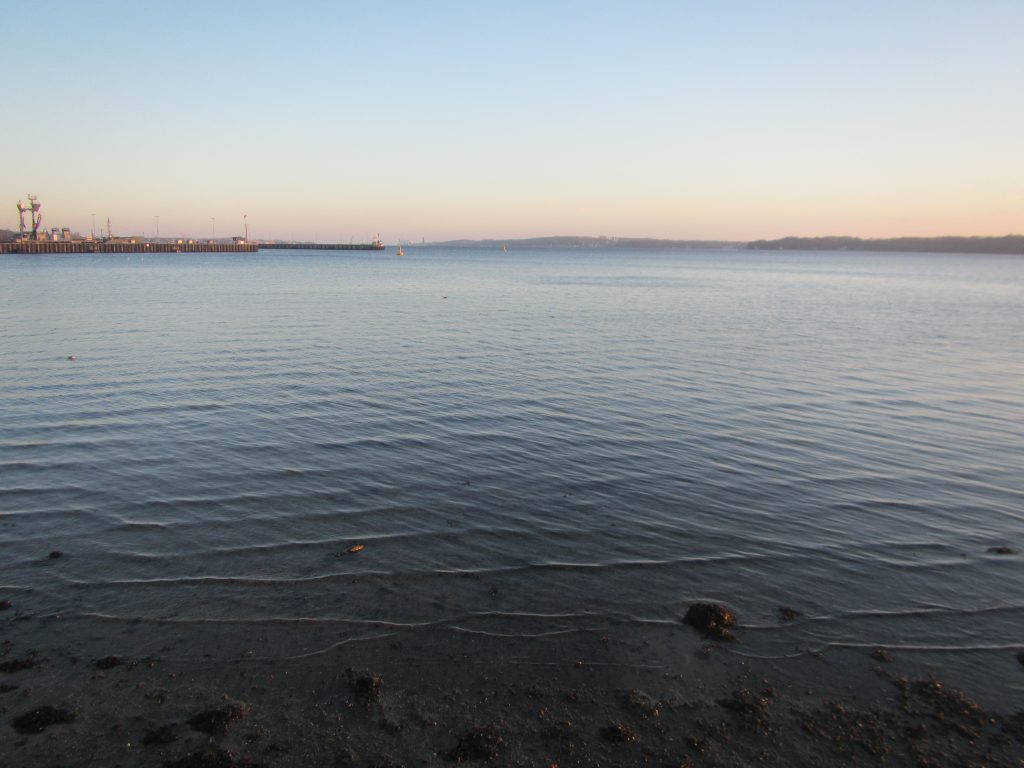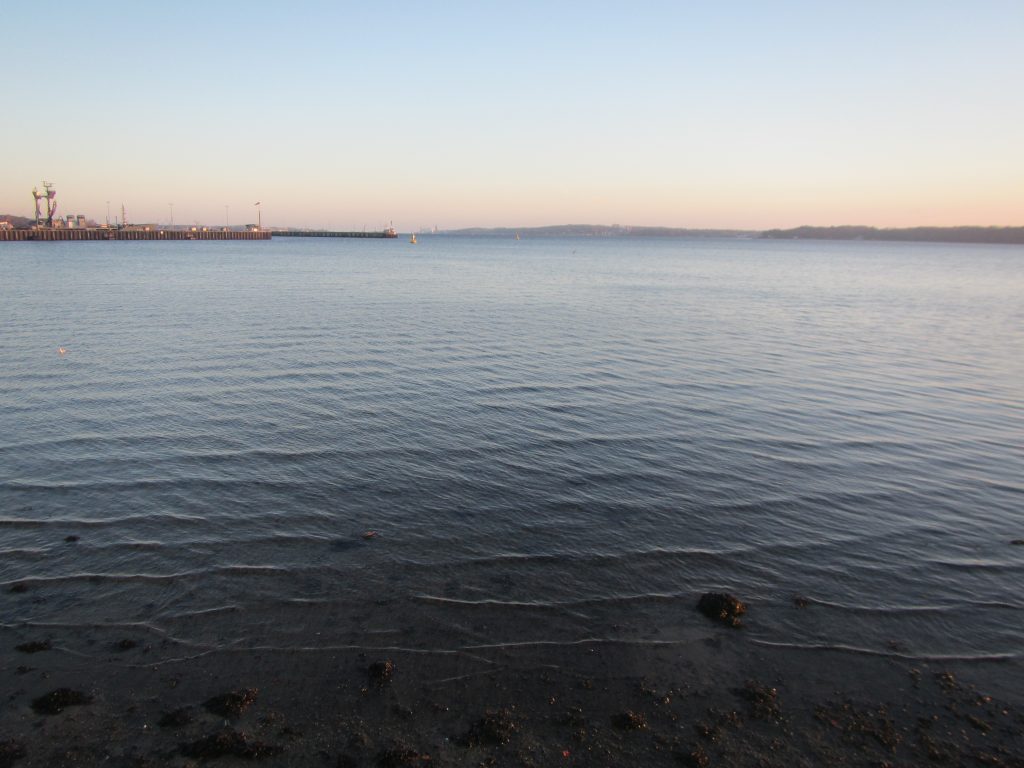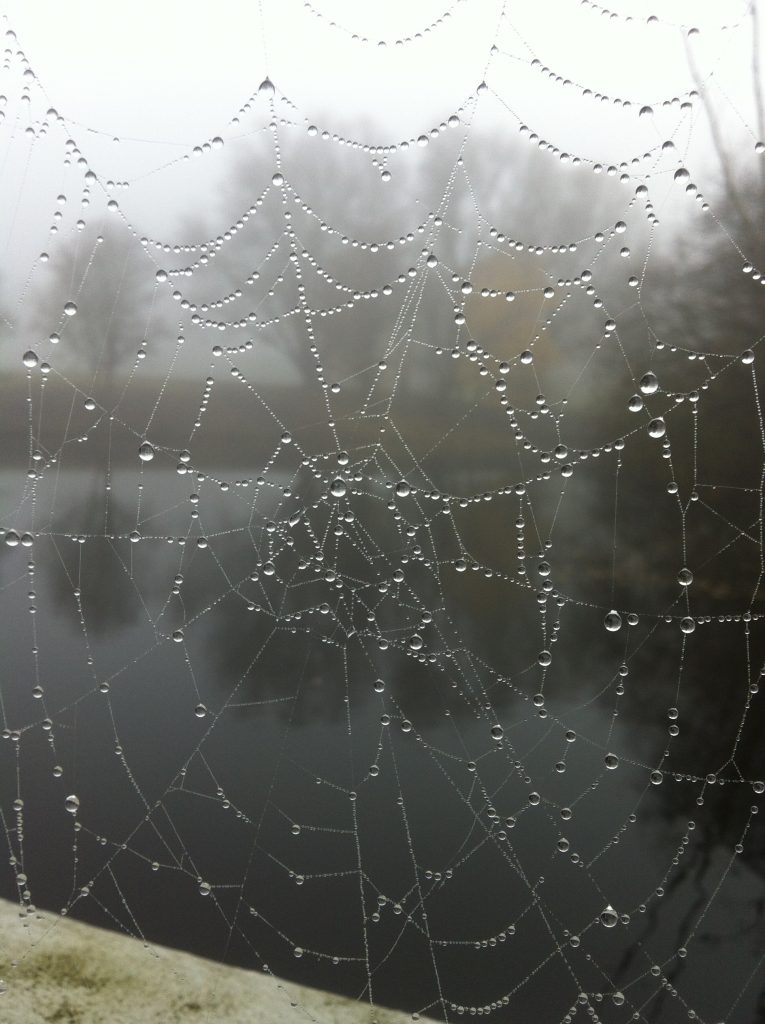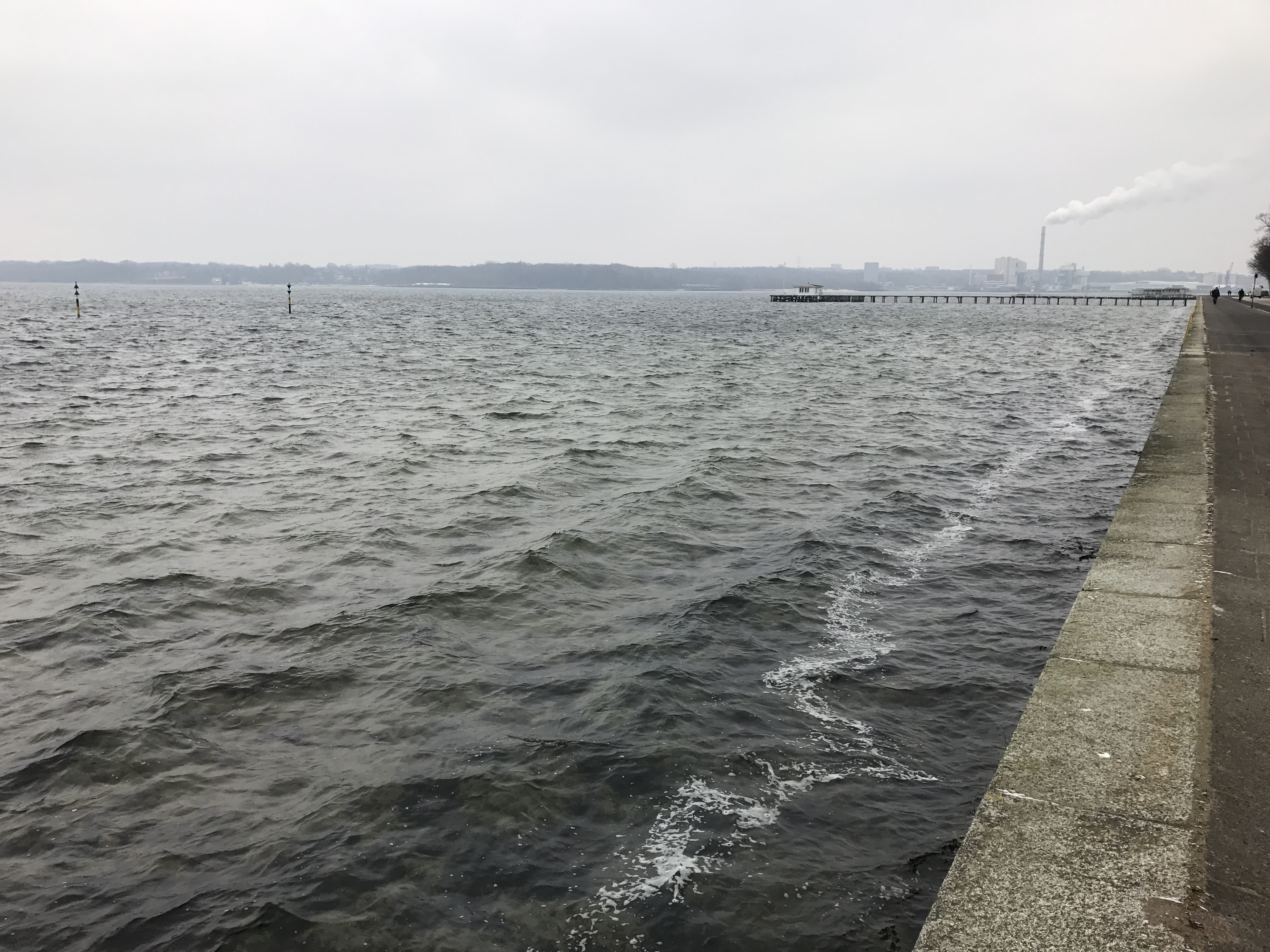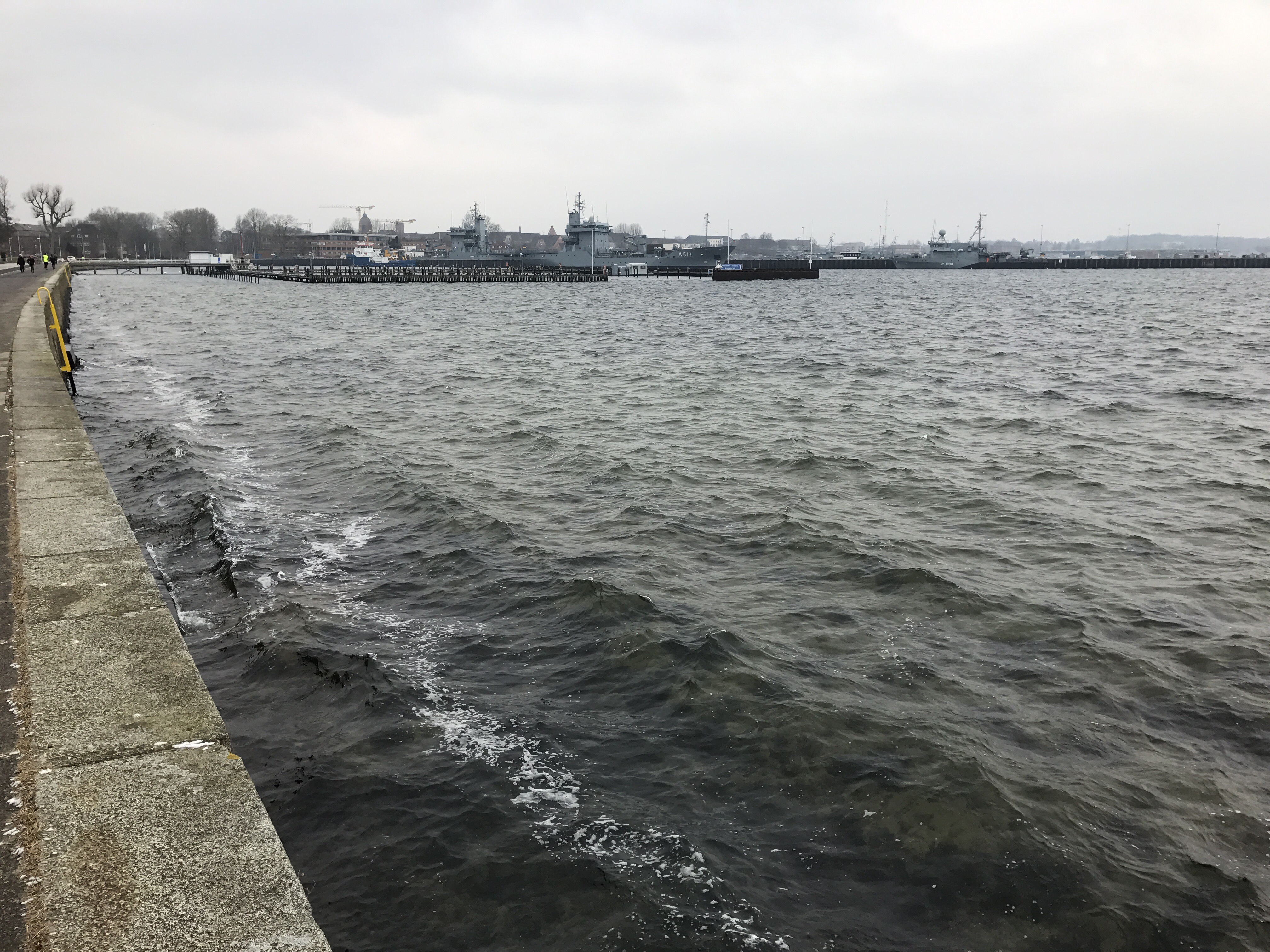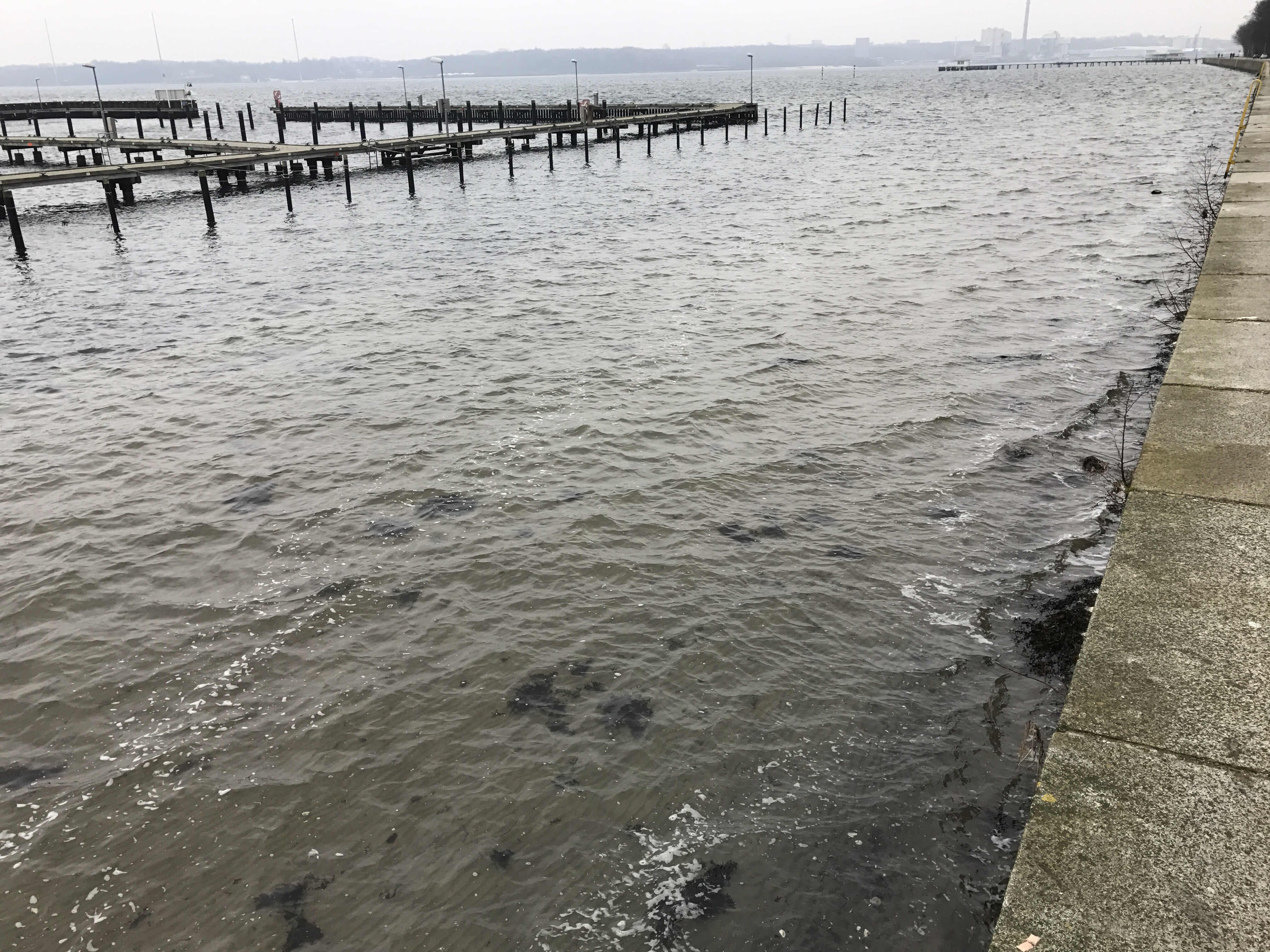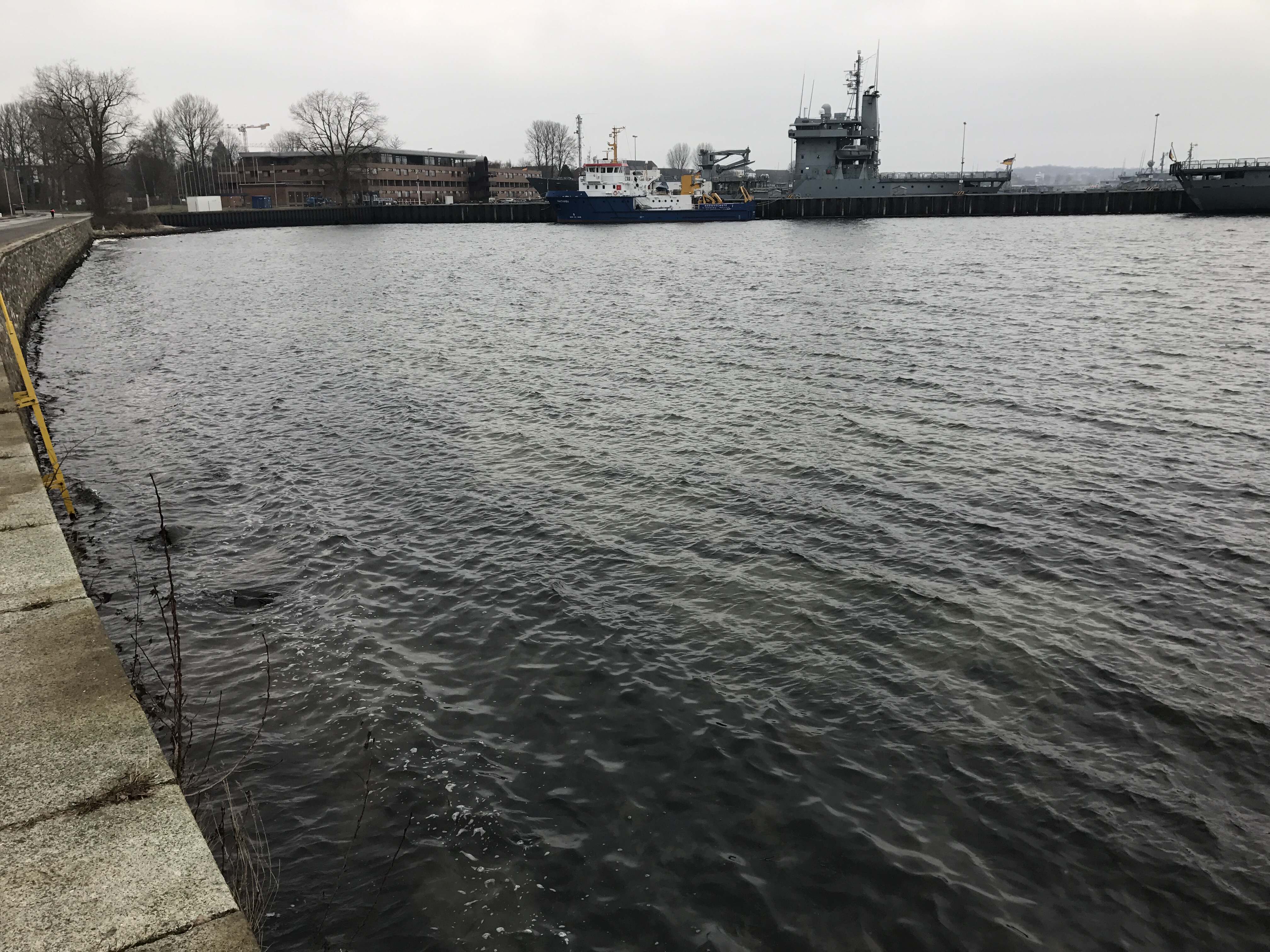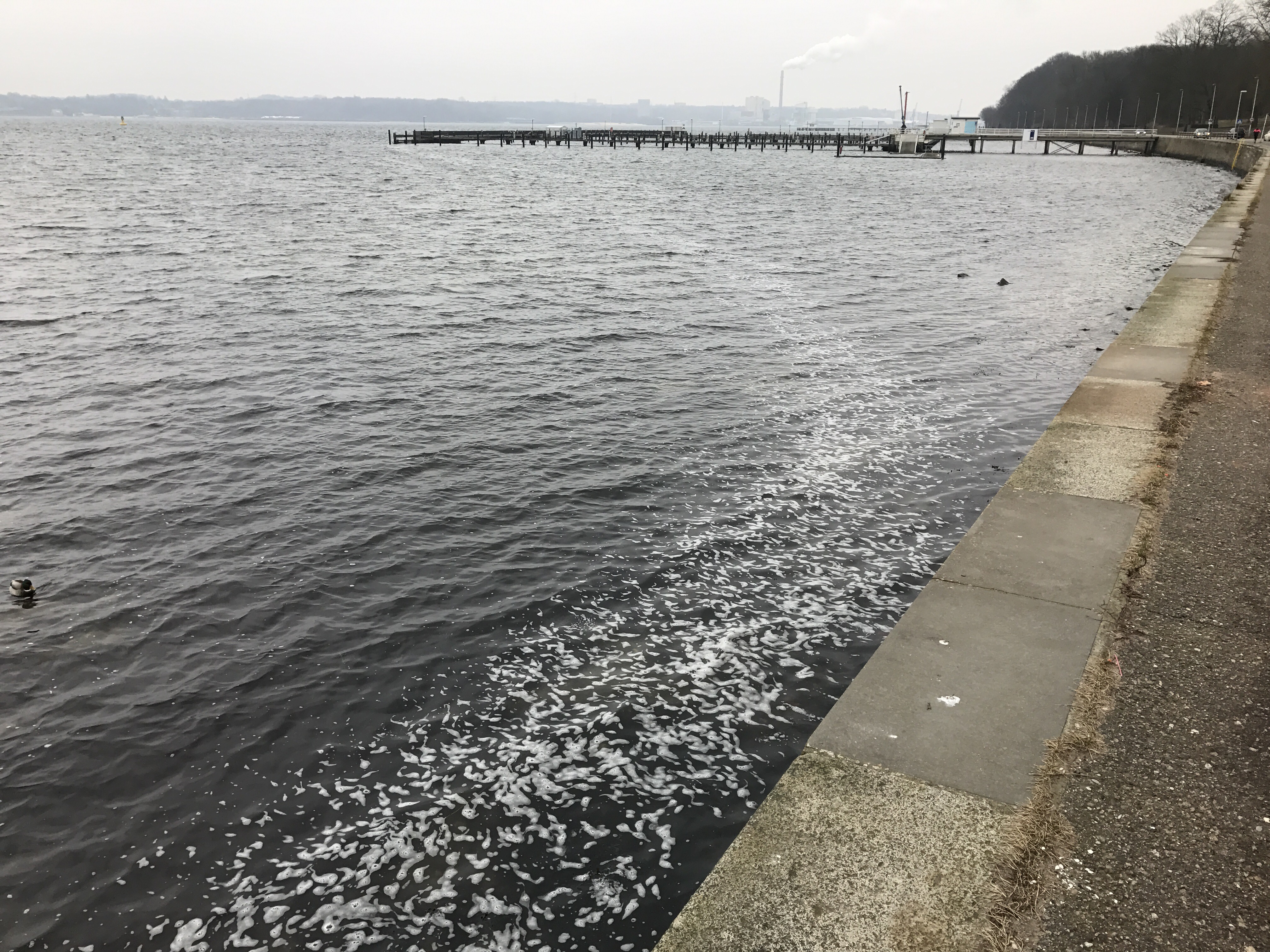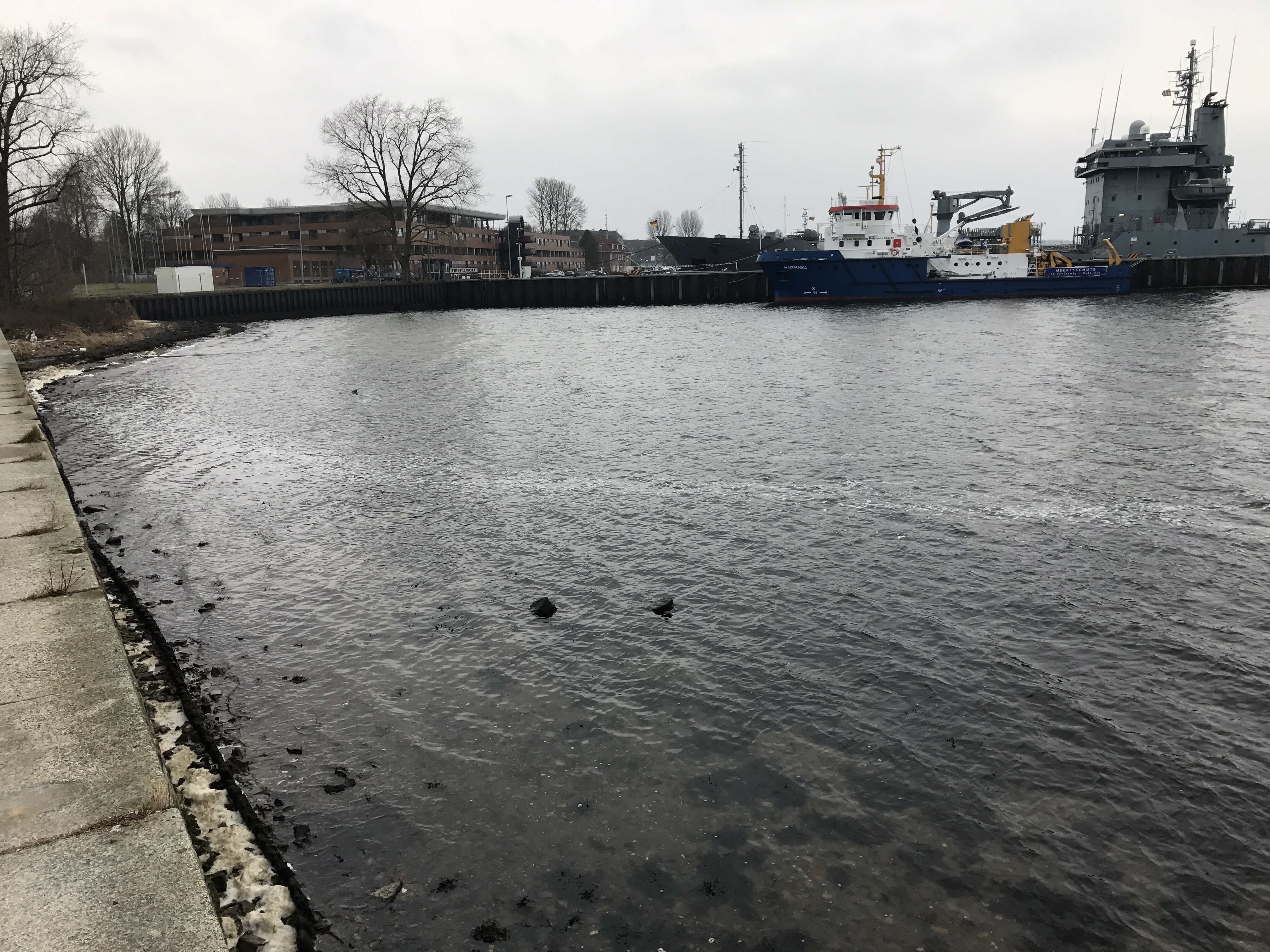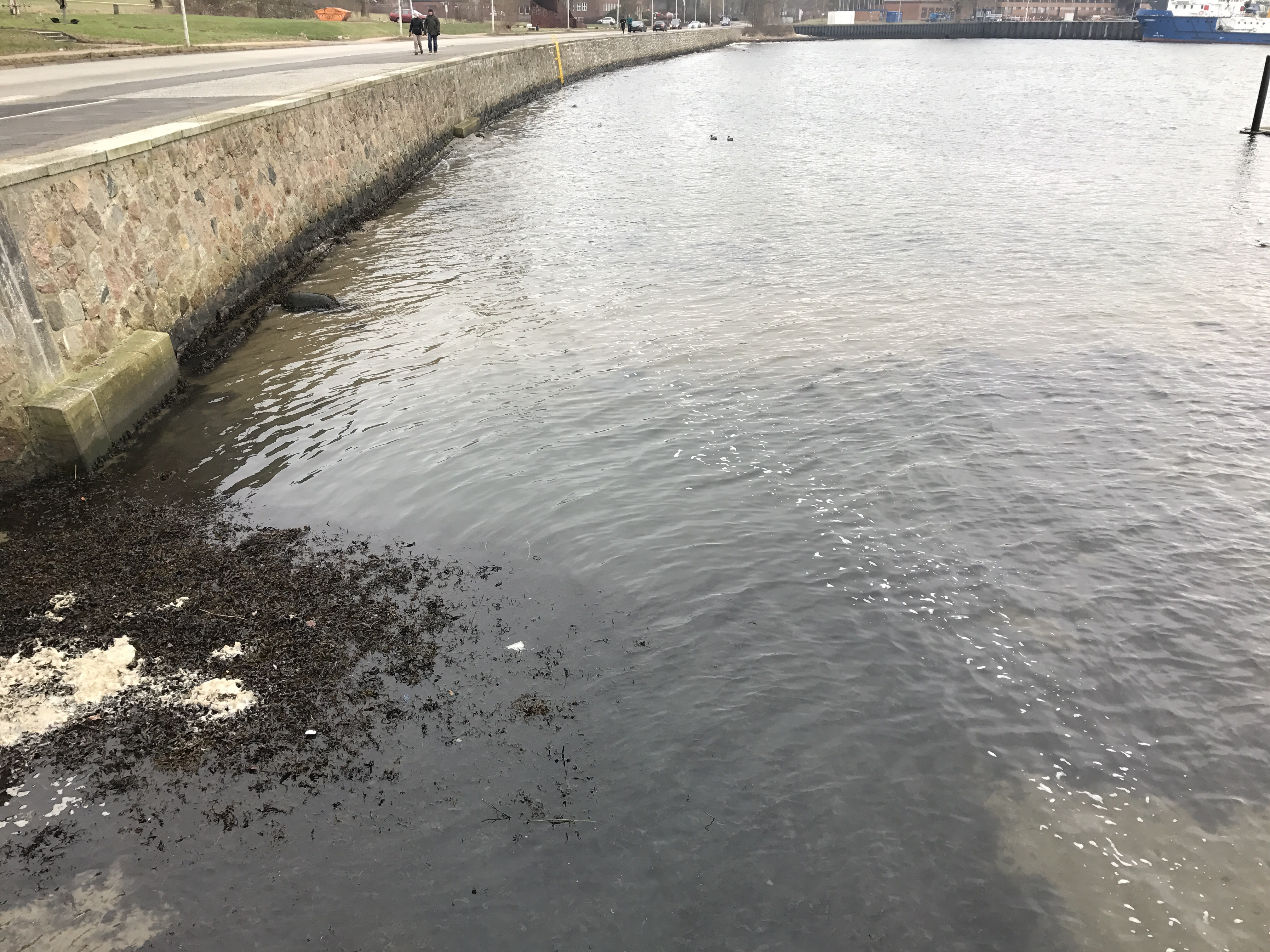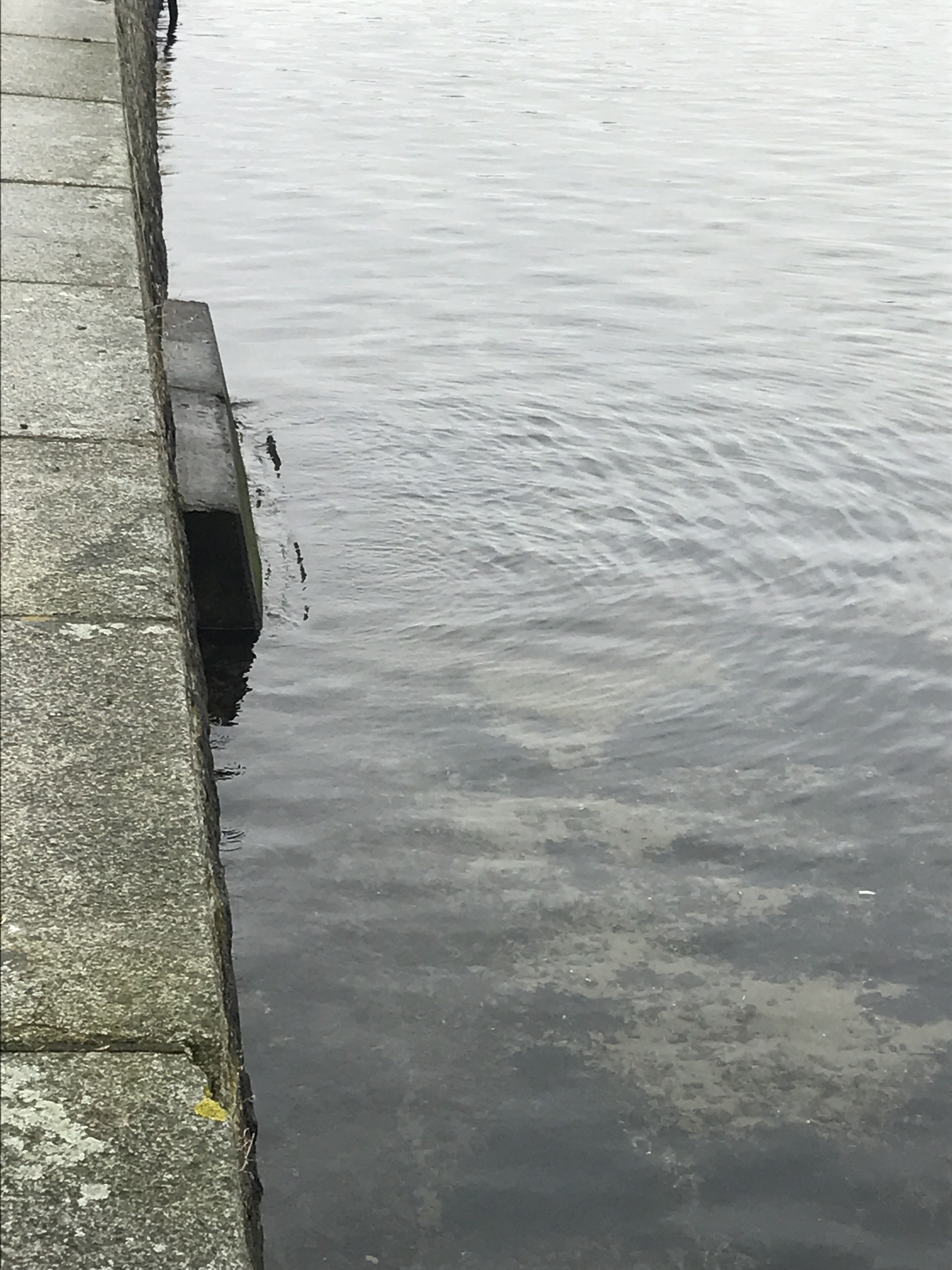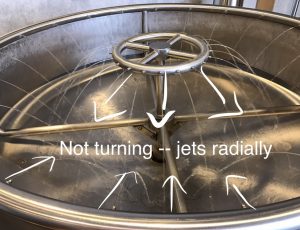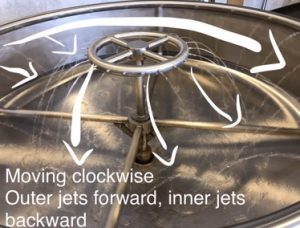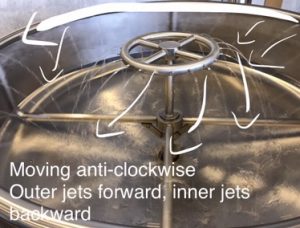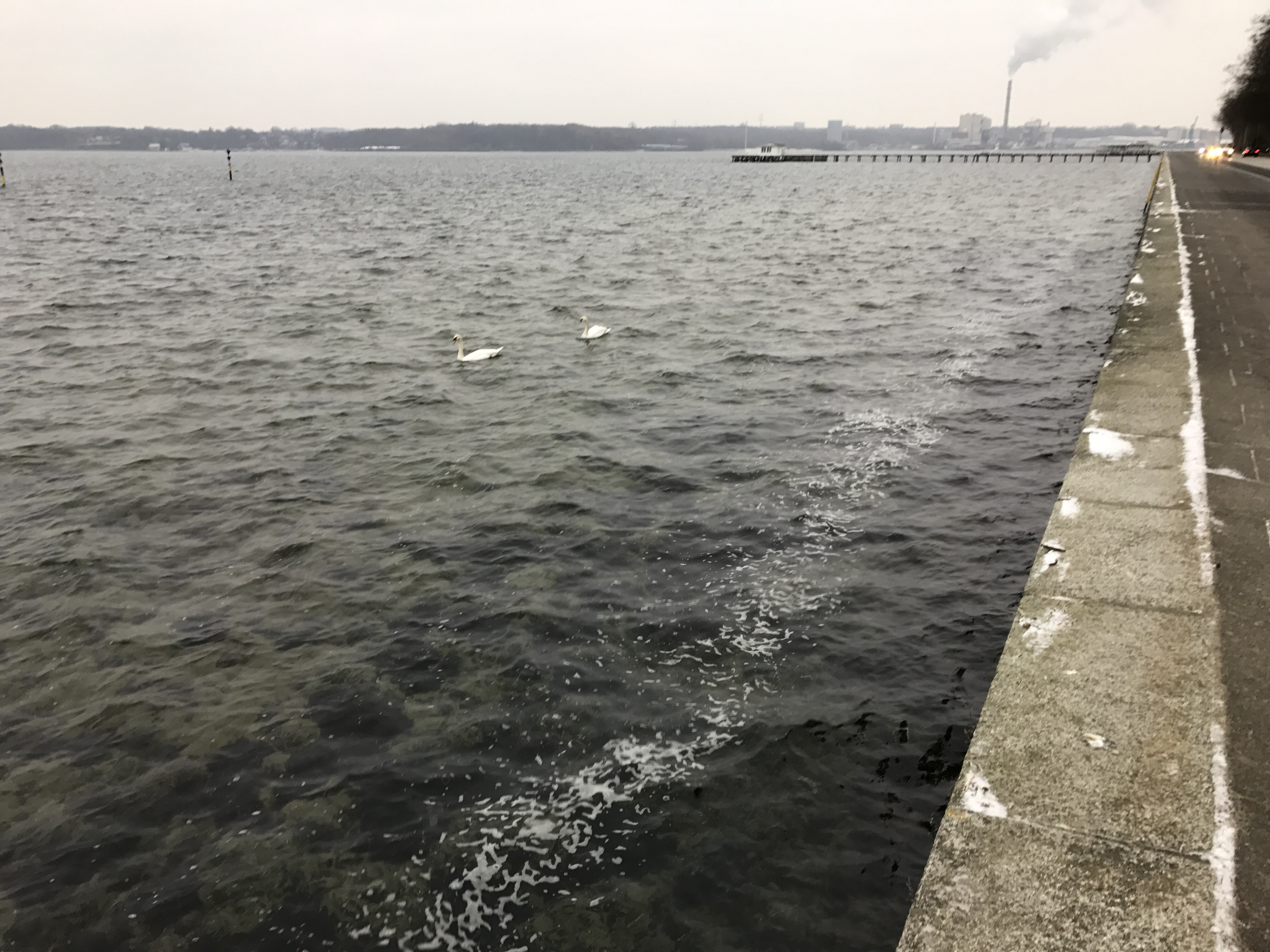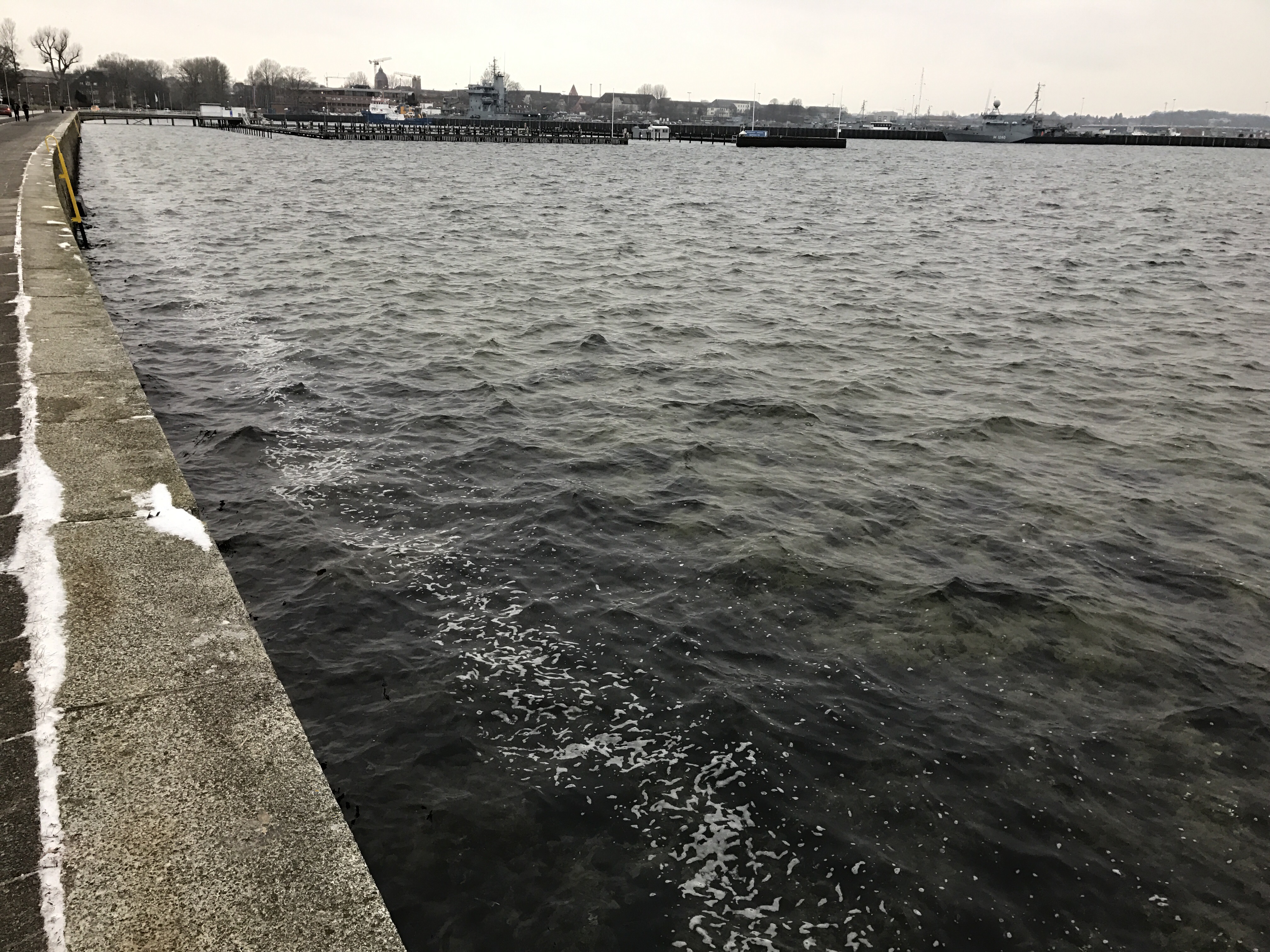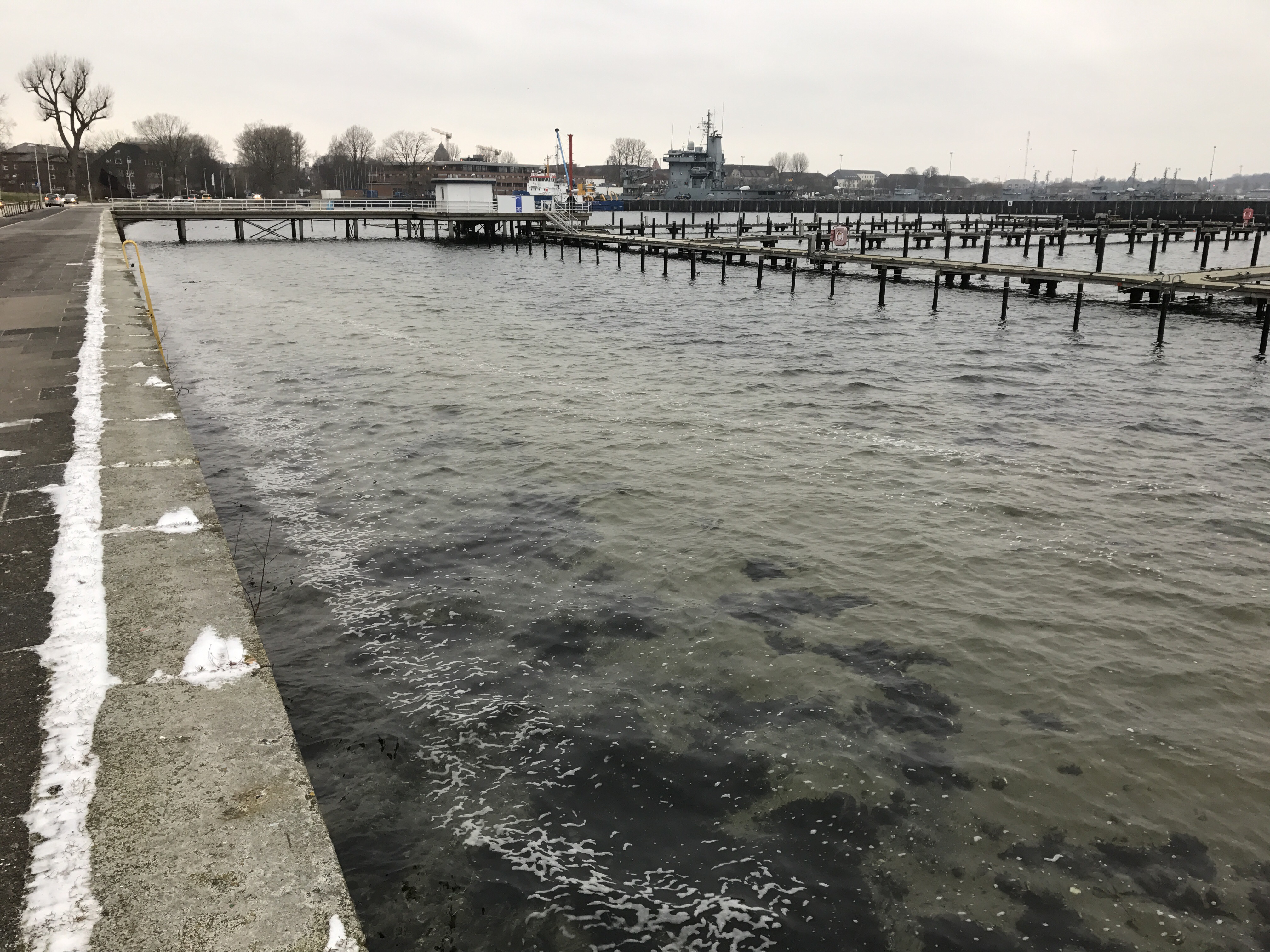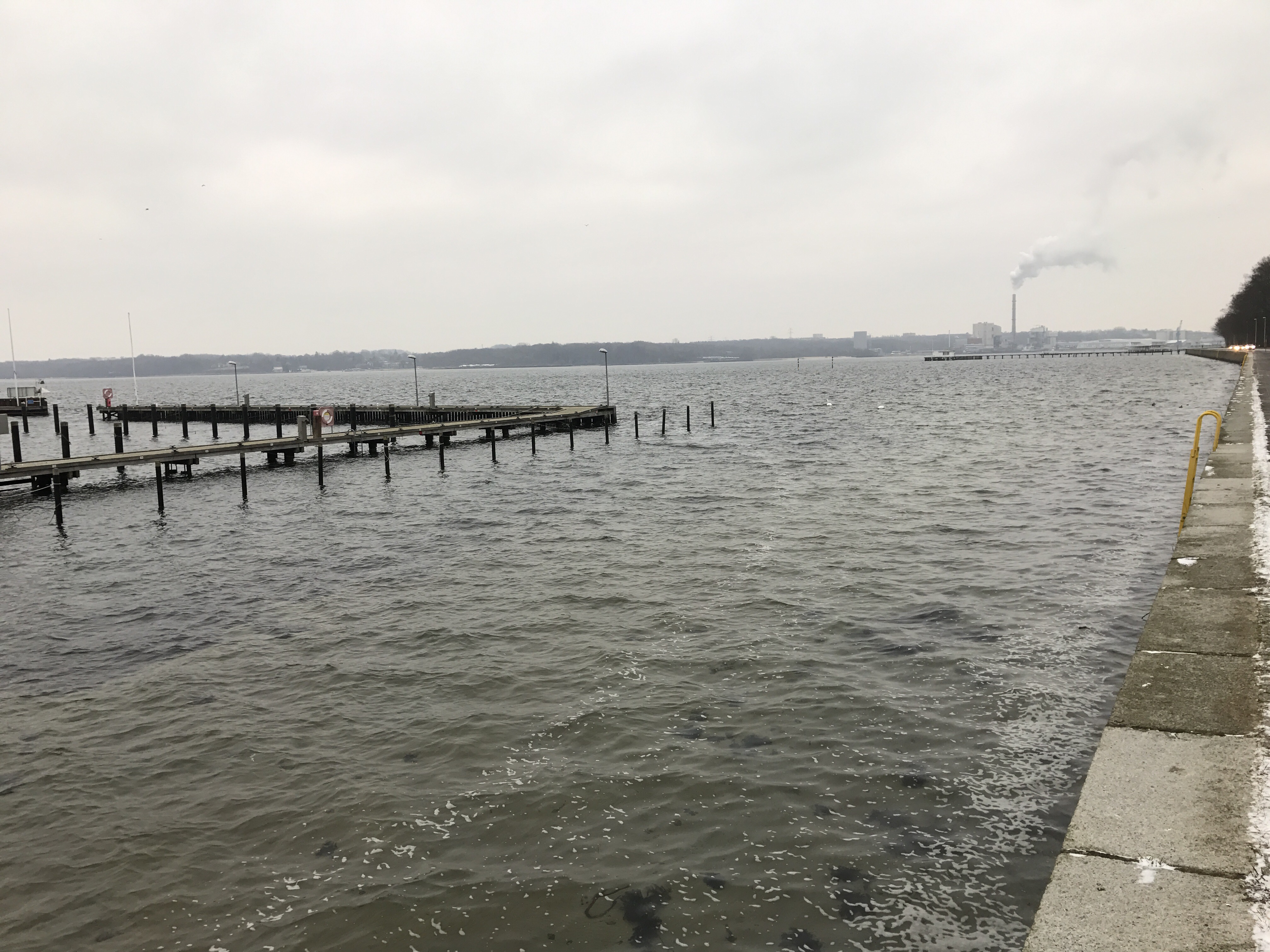What is the impact of this blog? And who am I writing it for?
Those are not questions I regularly ask myself. The main reason I started blogging was to organise all the interesting stuff I was collecting for my introduction to oceanography lecture at the University of Bergen in one place, so I would be able to find it when I needed it again. And I wanted to share it with friends who were interested in teaching oceanography or teaching themselves.
Another of the reasons why I blog is that I notice a lot of exciting features in everyday life that relate to oceanography and/or physics, that other people would just walk past and not notice, and that I would like to share the wonder of all those things with others. And noticing all this stuff is so much FUN! The blog “gives me permission” to play, to regularly do weekend trips to weirs or ship lifts or other weird landmarks that I would probably not seek out as often otherwise.
But the other day I was browsing the literature on science blogging in order to come up with recommendations for the design of what is to become the Kiel Science Outreach Campus’ (KiSOC) blog. I came across a paper that resonated with me on so many levels: “Science blogs as boundary layers: Creating and understanding new writer and reader interactions through science blogging” by M-C Shanahan (2011). First, I really liked to see the term “boundary layer” in the title, since it brings to mind exciting fluid mechanics. Then second, I read that the boundary phenomena I was thinking of were really where the term “boundary layer” came from even in this context. And then I realised that I have had “boundary layer” experiences with this blog, too!
So what are those boundary layers about? Well, in fluid mechanics, they are the regions within fluids that interact with “something else” — the boundary of a flow, e.g. a pipe, or a second fluid of different properties. They are a measure for the region over which temperature or salinity or momentum or any other property is influenced by the boundary. But the same construct can be used for social groups, i.e. in my case oceanographers and non-oceanographers. (You should, btw, totally check out the original article! Her example is even more awesome than mine)
But here is my own boundary layer experience: My sister sent me an email with the subject “double-diffusive mixing” and a picture she had taken! My sister is not an oceanographer, and I wasn’t even aware that she associated the term “double-diffusive mixing” with anything in particular other than me writing my Diplom thesis about it and probably talking about a lot. But that she would recognise it? Blew my mind!
Turns out what she saw is actually convection, but it doesn’t look that dissimilar from salt fingers, and how awesome is it that she notices this stuff and thinks of oceanography?

Day 1. The remaining pink soap starts making its way up through the refill of clear soap.
Obviously I asked for follow-up pictures:
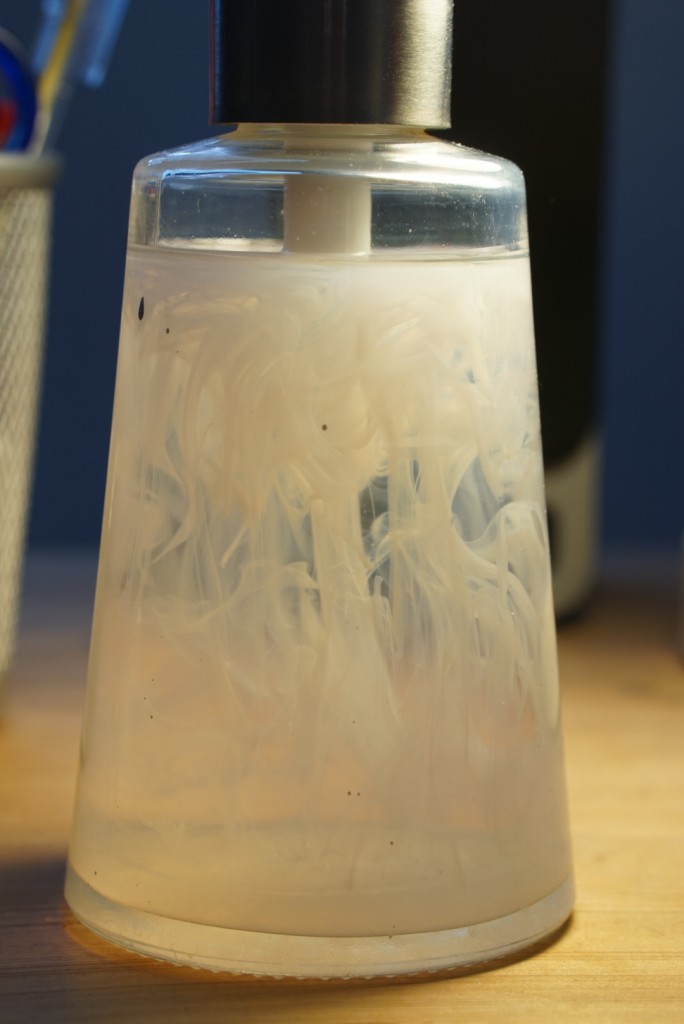
Day 2. A lot of the pink soap has reached the top, passing through the clear refill.
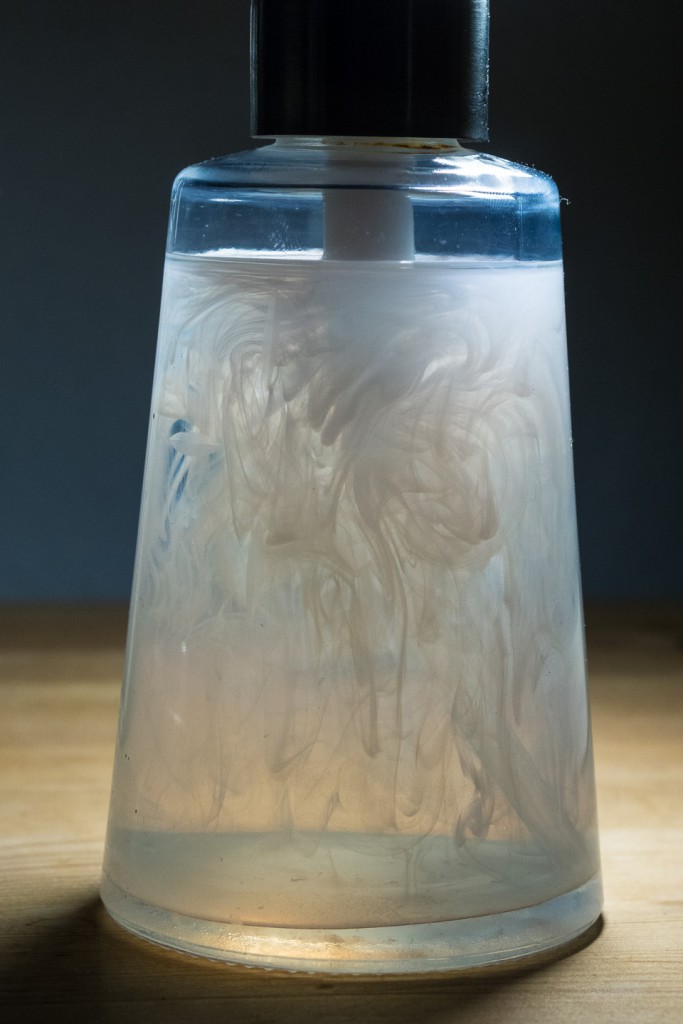
Day 3. All of the “old” pink soap is now on its way up through the clear refill.
And I had another boundary layer experience recently: A sailor on the Norwegian research vessel Håkon Mosby with many many years experience at sea had seen my book and told me that he now looks at waves in a new way. How awesome is that? That’s the biggest compliment my book could get, to teach something new about visual observations of the ocean to someone who looks at the ocean every single day!
Anyway. Reading this article made me think about how happy both those boundary layer experiences made me, and that maybe I should actually start aiming at creating more of those. Maybe not with this blog, that I kinda want to keep as my personal brain dump, but there are so many different ways to interact more with people who would potentially be super interested in oceanography if only they knew about it… I guess there is a reason why I am working the job I am :-)
—
Shanahan, M. (2011). Science blogs as boundary layers: Creating and understanding new writer and reader interactions through science blogging Journalism, 12 (7), 903-919 DOI: 10.1177/1464884911412844
